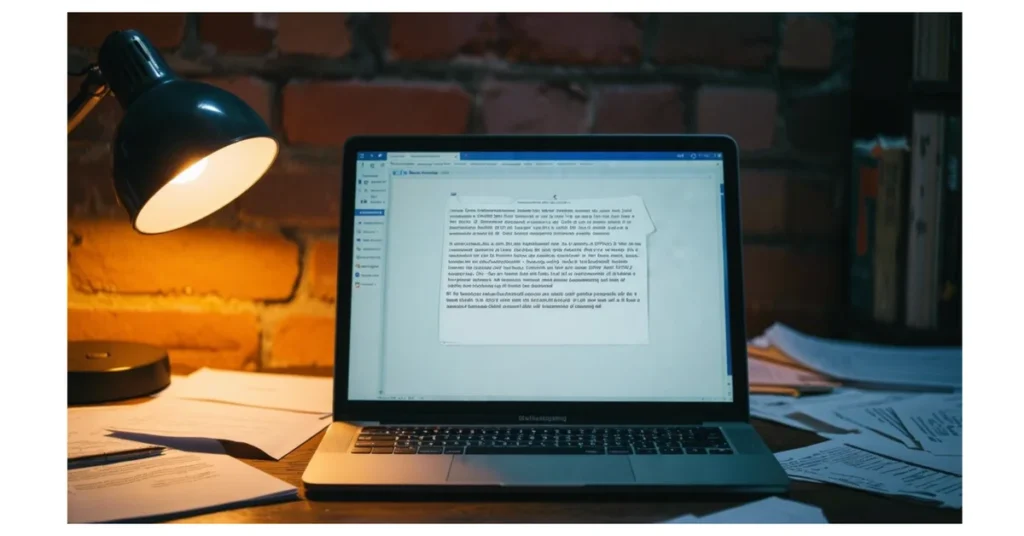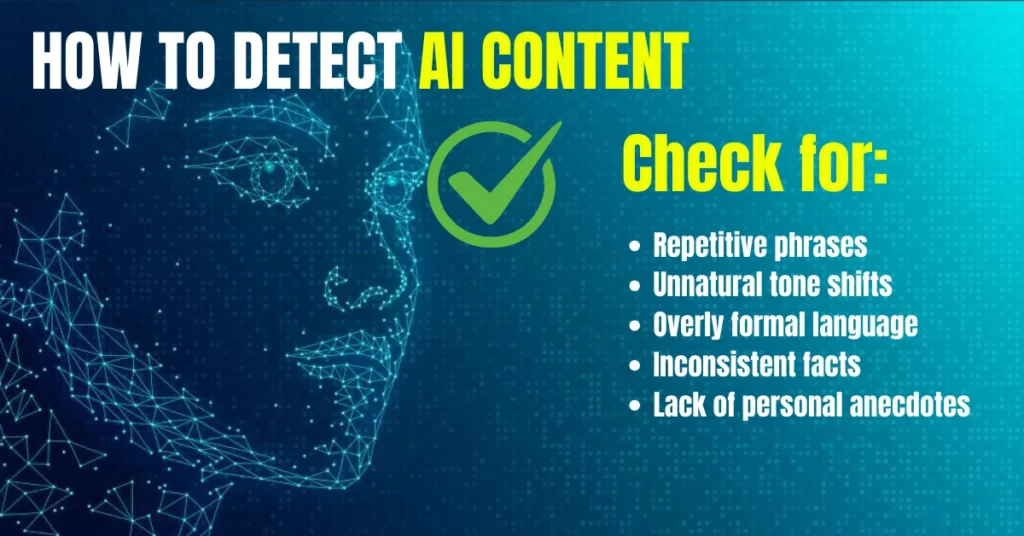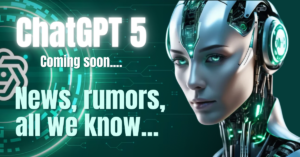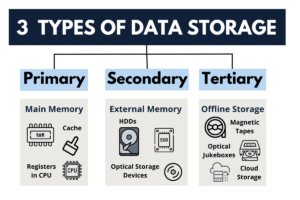Introduction – Can Turnitin Detect ChatGPT?
Are you curious to know ?
Can Turnitin Detect ChatGPT in your assignments?
Here’s a fact: Turnitin can identify AI-generated content, including thing made by ChatGPT.
This blog will guide you through how Turnitin’s plagiarism detection and AI writing analysis work, offering insights into the technology behind text similarity checks and academic integrity.
Stay tuned to learn more and keep your writing original.
Table of Contents
Key Takeaways
- Turnitin uses AI to detect plagiarism and can identify content made by ChatGPT with an accuracy rate of 98%.
- The tool analyzes text against a vast database, checking each sentence for patterns seen in AI-generated writing.
- To avoid detection, use original ideas, keep consistent writing style, and edit work to reflect your unique voice.
- Despite its high accuracy, Turnitin faces challenges in catching paraphrased or heavily modified AI content.
- Instructors rely on Turnitin to maintain academic integrity by uncovering instances where students use ChatGPT.

Understanding Turnitin’s AI-Detection Capabilities
Can Turnitin Detect ChatGPT? The answer is yes, Turnitin detects plagiarism using AI.
The software compares submitted content to extensive databases and large amounts of data.
How Turnitin Detects Plagiarism
Turnitin checks your work by comparing it against a huge database of books, articles, and websites. It scans each sentence to see if it matches something already published online or submitted in assignments.
This tool can spot when someone uses ChatGPT’s AI-generated content because its technology looks at how sentences are put together. Imagine Turnitin as a detective that examines words closely, looking for clues that show if they were made by AI like ChatGPT or written by a person.
The Washington Post tested this system and found it 98% accurate at identifying writing done by computers, including texts from ChatGPT. So, if you try using AI to do your homework, there’s a good chance Turnitin will catch it.
This is crucial for keeping writing original and honest. I’ve seen friends caught off-guard when their supposedly “unique” AI-assisted essays got flagged by Turnitin’s plagiarism detection tools.
Can Turnitin Detect ChatGPT? Yes, and they learned the hard way that taking shortcuts doesn’t always pay off.

In our digital age, ensuring the authenticity of academic work is more important than ever. Tools like Turnitin play a vital role in maintaining integrity.´
Similarity Report vs. AI Writing Detection
Moving from how Turnitin detects plagiarism, let’s explore the distinction between a Similarity Report and AI Writing Detection. This is crucial for understanding how your work is analyzed and if Turnitin can detect ChatGPT.
| Feature | Similarity Report | AI Writing Detection |
|---|---|---|
| Objective | Identifies matching text from its database to check for possible plagiarism. | Detects if a piece of writing has been generated by AI, like ChatGPT. |
| How It Works | Analyzes text against a vast database of academic papers, web pages, and books. | Examines sentences individually for patterns typical of AI-generated content. |
| Accuracy | Varies based on the database size and the originality of the submitted content. | Claims an accuracy rate of 98% in identifying content created by AI tools. |
| Limitations | May not detect properly paraphrased content or ideas not directly copied. | Questions remain on its ability to detect heavily modified or paraphrased AI text. |
This table shows that while both methods aim to ensure the integrity of your work, they focus on different aspects.
The Similarity Report focuses on matching your text to existing sources, while AI Writing Detection works on identifying if your work is generated by AI, using technology that checks for AI-specific writing styles. Both tools are essential in the educational process, ensuring that the work you submit is genuinely yours and maintaining the standards of academic integrity.
Limitations and Bottlenecks
Turnitin’s AI detection feature does come with limitations and bottlenecks. Although it has a 98% accuracy rate in identifying text generated by AI chatbots like ChatGPT, there are still some problems in detecting paraphrased content from ChatGPT.
Some people have questioned Turnitin’s ability to discern between genuine and AI-generated text. Others doubt its capability to detect specific versions of the ChatGPT language model.
Additionally, the process of analyzing individual sentences and running them through Turnitin’s database may pose challenges when it comes to accurately detecting AI-assisted writing.
The technology behind Turnitin’s detection of AI-generated content is continually evolving. Despite its high accuracy rate, some loopholes exist in terms of catching all forms of AI-generated content effectively.

Can Turnitin Detect ChatGPT?
Can Turnitin detect ChatGPT? What is ChatGPT and how effective is Turnitin in detecting it?
What is ChatGPT?
ChatGPT, short for “Generative Pre-trained Transformer,” is an advanced artificial intelligence language model, developed by OpenAI. It’s designed to understand and generate human-like text responses based on the input it receives.
ChatGPT uses a large-scale neural network trained on diverse internet text sources to comprehend context, structure, and intent in conversations. This technology can craft coherent and contextually relevant sentences, making it a powerful tool for generating natural language content.
ChatGPT-4 is one of the latest versions of this AI language model known for its enhanced capabilities in understanding and responding to human language. When used according to guidelines with respect to academic integrity and originality requirements, ChatGPT can be a valuable resource for brainstorming ideas or getting some writing suggestions.
What is Turnitin?
Turnitin is a tool that teachers use to check if students have copied work from the internet or other sources. It helps to make sure that the work students turn in is their own.
When students submit their assignments, Turnitin compares the text to a large database of websites, books, and other students’ papers. If it finds matches, it highlights them, so the teacher can see where the text might have been copied. This helps prevent cheating and encourages students to write original work.
Preventing ChatGPT Detection
To prevent ChatGPT detection by Turnitin, you need to take certain precautions. Here’s what you can do:
- Use your own original thoughts and ideas rather than relying solely on AI-generated content.
- Ensure that the language and style of writing are consistent throughout the entire document.
- Incorporate personal examples and experiences to add authenticity to your writing.
- Review and edit your work thoroughly to make sure it reflects your unique voice.
- Take advantage of Turnitin’s similarity report to identify any potential issues before submitting your work.
Tips for Writing Original Content
To maintain academic integrity, here are some tips for creating original content:
- Understand the assignment requirements to ensure you’re on the right track.
- Conduct thorough research and take detailed notes from various sources.
- Develop your own unique perspective on the topic.
- Utilize proper citations and references to acknowledge the sources of your information and ideas.
- Practice effective paraphrasing by expressing concepts in your words while retaining the original meaning.
- Seek feedback from peers or instructors to refine your writing.
- Utilize plagiarism detection tools like Turnitin to verify the originality of your work before submission.
- Double-check and proofread your work to eliminate unintentional similarities with existing content.
- Engage in ethical writing practices by upholding academic honesty and integrity at all times.
By following these steps, you can minimize the risk of detection while demonstrating your creativity and originality in academic writing.
Resources for Improving Writing Skills
To enhance your writing skills, you can use resources like grammar checkers and writing enhancement software. These tools help in improving sentence structure, grammar, and vocabulary usage.
They also provide suggestions for better word choices to make your writing clearer and more engaging. Additionally, online writing communities and workshops offer valuable feedback from peers and experts, helping you refine your skills further.
Furthermore, reading extensively across various genres exposes you to diverse styles of writing and expands your vocabulary. Writing prompts or journaling exercises are effective in honing creativity and expression.
Moreover, seeking guidance from instructors or tutors allows personalized assistance in addressing specific areas for improvement in your writing. Using these resources will undoubtedly elevate the quality of your written work while developing a strong foundation for effective communication that is essential for academic success.

Image by rawpixel.com on Freepik
Addressing Ethical Concerns
Addressing ethical concerns is crucial when using AI-generated content, and it’s important to promote originality and uphold academic integrity. Discover more by reading the full article.
The Implications of Using ChatGPT
Using ChatGPT for academic purposes can lead to ethical concerns, as it may undermine the authenticity of your work. Turnitin’s advanced detection technology accurately identifies AI-generated content, including that produced by ChatGPT, with an impressive 98% accuracy rate.
This means that even if you attempt to paraphrase text generated by ChatGPT, there is a high likelihood of detection due to Turnitin’s meticulous analysis of each sentence and its extensive database.
The implications of using ChatGPT go beyond simply avoiding plagiarism; they extend to upholding the integrity and originality of your work. As instructors increasingly rely on technology like Turnitin to detect AI-generated content, it is crucial for students to prioritize writing original material.
Leveraging this understanding will not only aid in maintaining academic integrity but also contribute towards enhancing language skills and reinforcing the significance of authentic expression in education.
Conclusion – Can Turnitin Detect ChatGPT?
Yes, Turnitin can detect text written by ChatGPT. When a student submits an assignment, Turnitin checks the text against its database, which includes content from the internet. Since ChatGPT’s responses are based on patterns in internet text, Turnitin can find similarities and flag them. This helps teachers see if students used AI to write their work, ensuring that students submit original assignments.

FAQs – Can Turnitin Detect ChatGPT?
1. Can Turnitin detect text created by ChatGPT?
Yes, Turnitin can identify AI-generated content, including text from ChatGPT. It uses natural language processing and other technologies to find matches between your writing and existing online content.
2. How does Turnitin work to find AI-generated or paraphrased content?
Turnitin checks your writing against a huge database of texts using content matching techniques. It looks for similarities that might show plagiarism, even if the words have been changed through paraphrasing.
3. Will my paper be flagged as plagiarism if I use ChatGPT to help write it?
If you use AI-generated content like what comes from ChatGPT without proper citation or modification, Turnitin’s detection abilities could flag it as potential online chat plagiarism due to its similarity with existing sources.
4. Is there any way to avoid getting caught by Turnitin when using AI tools like ChatGPT for homework?
To avoid being detected by Turnitin while using tools like ChatGPT, make sure you deeply understand and significantly modify the generated text before submission. Always aim for originality in your submissions and use these tools only as aids in brainstorming or drafting ideas.





